Table of Contents
Introduction
Weed doesn’t have an expiration date like milk or yogurt, but it absolutely can go bad. Whether you’ve found an old stash in a drawer or your buds just aren’t hitting the same anymore, it’s important to know how to spot cannabis that’s past its prime—or worse, unsafe to use.
This guide will walk you through the key signs of degraded, dried-out, moldy, or otherwise compromised weed. From color and smell to how it feels and how it burns, we’ll help you determine if your flower is still good—or time to toss it. You'll also learn how to prevent your cannabis from going bad in the first place with proper storage techniques.
Let’s start with the basics: does cannabis really “expire,” and what happens when it does?
Does Weed Actually Expire?
While cannabis doesn’t “expire” in the traditional sense, it does degrade. Over time, exposure to light, air, moisture, and heat causes cannabinoids and terpenes to break down. This can lead to a loss of potency, aroma, and smoothness—and in some cases, contamination with mold or mildew.
Generally speaking, properly dried and cured cannabis stored in optimal conditions (cool, dark, airtight) can last:
- Up to 6 months before noticeable loss in aroma and flavor
- 1 year before moderate potency loss (~15–25%)
- 2+ years with significant cannabinoid degradation and terpene loss
THC slowly oxidizes into CBN (cannabinol), which is mildly psychoactive and often described as sedating. That means older weed may still produce an effect—but it likely won’t be the high you’re used to.
Weed that’s very old is not necessarily harmful to your health, but moldy cannabis is. Mold spores and mildew can develop if cannabis is stored in high humidity or exposed to moisture, and inhaling them can lead to lung irritation or infection—especially in immunocompromised users. This is why freshness matters not just for enjoyment, but for safety.
Visual Signs Your Weed Is Bad
Your eyes are one of the best tools to judge whether cannabis is still good. Here’s what to look for—and what to avoid:
Signs of Fresh, Good Weed:
- Bright trichome coverage (frosty, sparkling surface)
- Vibrant green with hints of orange, purple, or red hairs
- Fluffy yet dense buds with no obvious damage
Signs Your Weed May Be Bad:
- Mold: Appears as white, grey, or fuzzy spots—can look like dust or spider webs
- Dark or yellowing patches: Indicates oxidation, age, or poor curing
- Powdery appearance: If it’s not trichomes, it could be mold
- Webbing or small black dots: Could indicate insect damage or contamination
Take your time inspecting your weed under good lighting. If in doubt, don’t risk it—especially if mold is suspected. Unlike dry weed, moldy weed is unsafe regardless of potency.
Smell and Taste: What’s Off?
One of the fastest ways to tell if weed has gone bad is with your nose. Cannabis is known for its rich, pungent aroma—often described as earthy, skunky, citrusy, or piney. These scents come from terpenes, which are volatile and sensitive to heat and oxidation. As weed ages or degrades, these aromatic compounds break down.
Healthy Weed Should Smell:
- Fresh and strong, even in small amounts
- Strain-specific (citrus, diesel, berry, pine, etc.)
- Resinous or “loud”—especially with proper curing
Bad Weed Might Smell:
- Musty or mildew-like: A clear sign of mold or fungal growth
- Hay-like or grassy: Indicates improper drying or degradation
- No smell at all: Likely old, oxidized, and terpene-depleted
If your weed smells like anything “off,” sour, or stale—it’s time to let it go. Inhaling mold or degraded compounds isn’t just unpleasant, it can irritate the lungs or cause more serious respiratory issues over time.
Texture and Touch: Dry vs. Moldy
The feel of your cannabis tells you a lot about its condition. Fresh weed should be sticky but not wet, slightly springy but not brittle. Touch can reveal if your stash has dried out too much or worse—developed mold.
Good Weed Should Feel:
- Sticky or resinous when gently broken apart
- Springy and spongy—not stiff or crumbly
- Snappy stems that crack, not bend
Bad Weed Might Feel:
- Too dry: Breaks into powder easily, with no stickiness at all
- Too soft or damp: Could indicate mold or improper curing
- Clumpy and greasy: May mean it was stored improperly or exposed to oils
Gently squeeze a bud between your fingers—if it turns to dust or feels damp in the center, it’s likely no longer safe or effective. Texture and touch, paired with visual and aromatic cues, give you a full sensory picture of freshness—or spoilage.
Does It Still Get You High?
Even if your weed looks okay and smells tolerable, one final test is how it performs. If your cannabis has degraded, the high may feel weak, foggy, or short-lived. In some cases, it may not produce any noticeable effects at all.
Signs Your Weed Has Lost Potency:
- You need more than usual to feel any effect
- The high feels flat, sedating, or cloudy (due to THC degradation into CBN)
- The smoke or vapor feels harsher, with less flavor
Keep in mind, though, that potency isn’t everything. You may still feel mild effects even from old flower, but it won’t compare to fresh weed that’s rich in terpenes and active cannabinoids. If you're using cannabis for specific benefits—like pain relief, anxiety support, or sleep—degraded weed might not deliver.
Most importantly: if your weed shows signs of mold or smells off, don’t smoke it just to “see what happens.” The risks aren’t worth it.
How to Safely Dispose of Bad Weed
If you've determined your weed is moldy, stale, or otherwise unusable, don’t be tempted to salvage it. Inhaling mold spores can lead to lung inflammation, infection, and allergic reactions—especially in sensitive users. Here’s how to get rid of it safely:
Best Practices:
- Don’t compost moldy weed: Spores can spread and contaminate your environment
- Seal it: Place the bad cannabis in a zip-top bag or container and label it “DO NOT USE”
- Toss it in household trash: It’s legal to discard cannabis in most regions where personal use is legal, as long as it’s sealed and inaccessible to pets or children
- Don’t flush or burn it: Burning moldy weed exposes your lungs to toxic spores; flushing contributes to water waste and doesn’t break it down
If you’re unsure, it’s better to be safe than sorry. Cannabis is a plant—and like all plant matter, it has a shelf life. When in doubt, trust your senses and prioritize your health.
Storage Tips to Prevent Degradation
Good storage is your best defense against mold, dryness, terpene loss, and cannabinoid degradation. If you want your weed to stay fresh, flavorful, and potent for months, follow these time-tested best practices:
1. Store in Airtight Glass Containers
Use amber or UV-blocking jars with tight-sealing lids. Avoid plastic, which can generate static and degrade trichomes. Mason jars are a popular and affordable option for most users.
2. Control Humidity
Keep relative humidity between 55%–62%. Use humidity control packs (like Boveda or Integra Boost) inside your jars to regulate moisture automatically and prevent over-drying or mold.
3. Keep It Cool and Dark
Store your stash in a drawer or cupboard away from heat, light, and frequent temperature changes. Avoid storing near appliances, windows, or heating vents.
4. Minimize Air Exposure
Every time you open the jar, oxygen degrades cannabinoids and terpenes. Use smaller jars for long-term storage and only open what you’re actively using.
5. Don’t Grind Until Use
Whole buds retain their freshness far longer than ground cannabis. Only grind what you plan to consume immediately. This keeps trichomes intact and slows oxidation.
Conclusion
Weed might not come with an expiration date, but it does have a lifespan. Mold, dryness, oxidation, and flavor loss are all signs your cannabis has passed its prime—and in some cases, using it could do more harm than good.
By knowing what to look for, you can spot bad weed before you smoke it—and take action to prevent your next stash from meeting the same fate. Good storage isn’t complicated, it’s just consistent: airtight jars, stable humidity, low light, and minimal air exposure.
And when your weed is well cared for, your vaporizer experience gets better too. Devices like the Vapman Click and Lotus Kit are built for flavorful, efficient sessions—and they truly shine when paired with fresh, terpene-rich flower.
Know your weed. Protect your stash. And always trust your senses.
About the Author

Author: Michael Mussner, Founder of INHALE Vaporizers
Michael is a passionate vaporizer designer and entrepreneur from South Tyrol, driven by craftsmanship, sustainability, and the mindful use of natural herbs. With a background in product innovation and a love for analog technology, he founded INHALE to revive flame-powered vaporizers like the Vapman and Lotus. Every product he creates is deeply rooted in authenticity, simplicity, and a respect for nature.
Questions? Contact us here or email support@nowinhale.com.



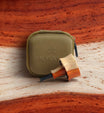

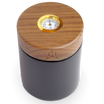
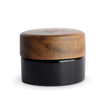





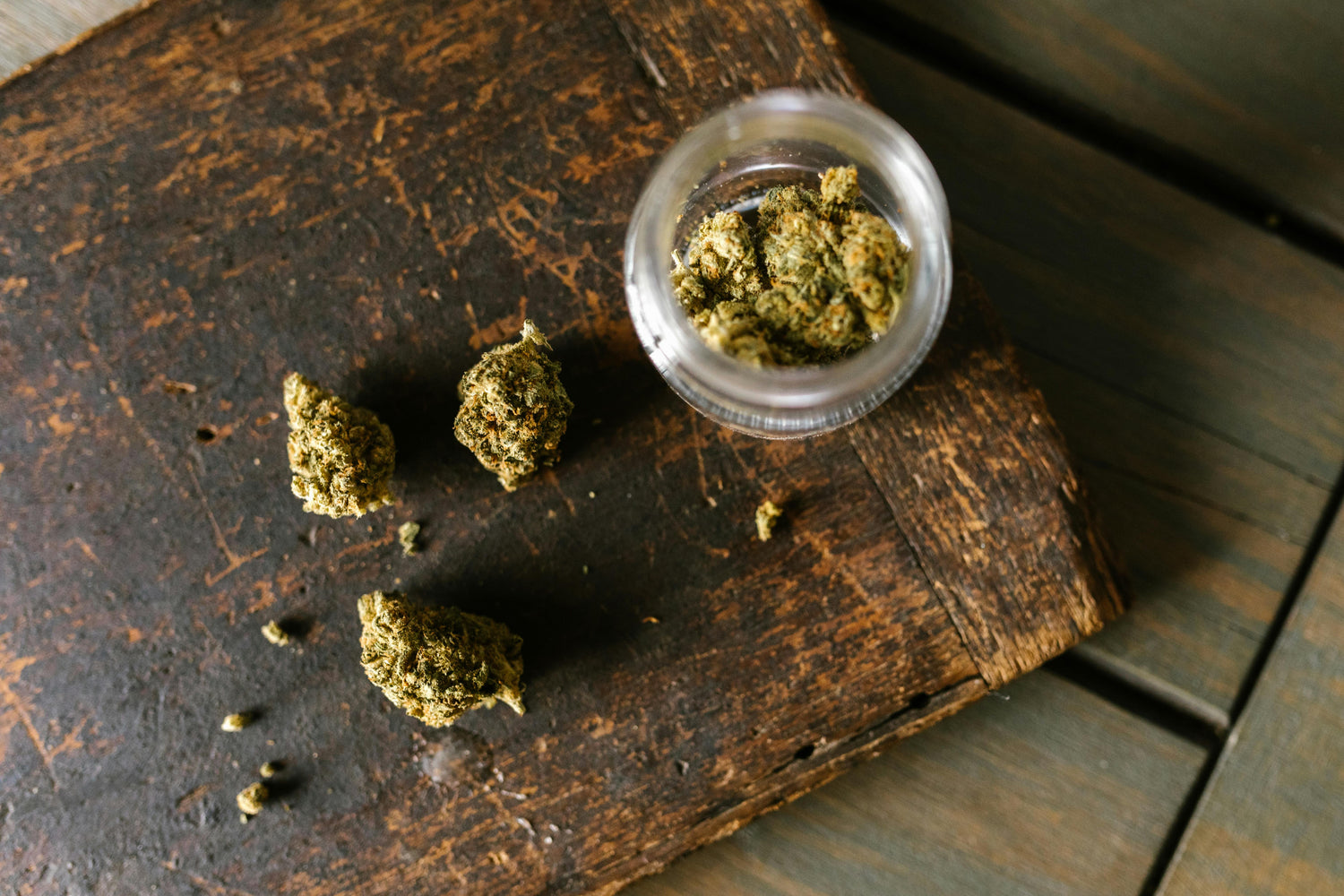
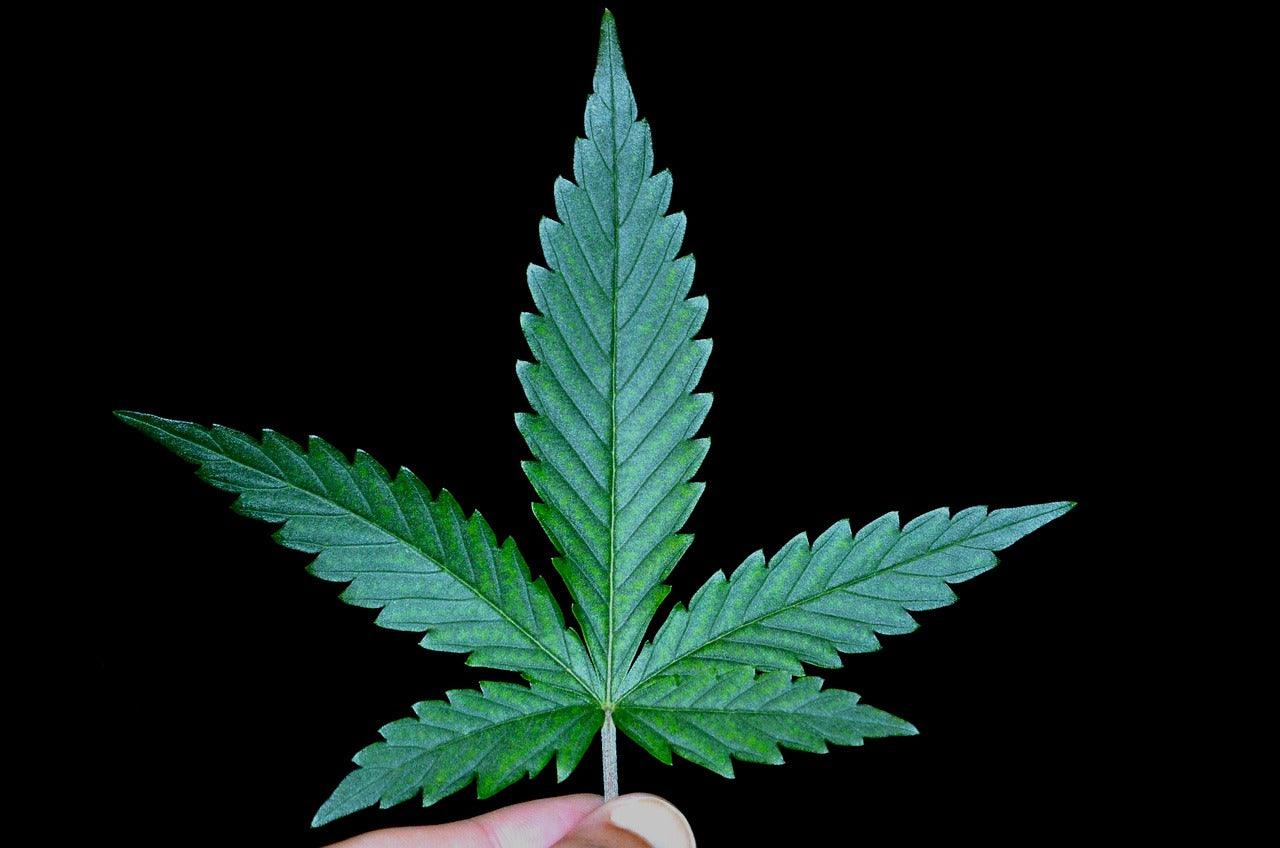
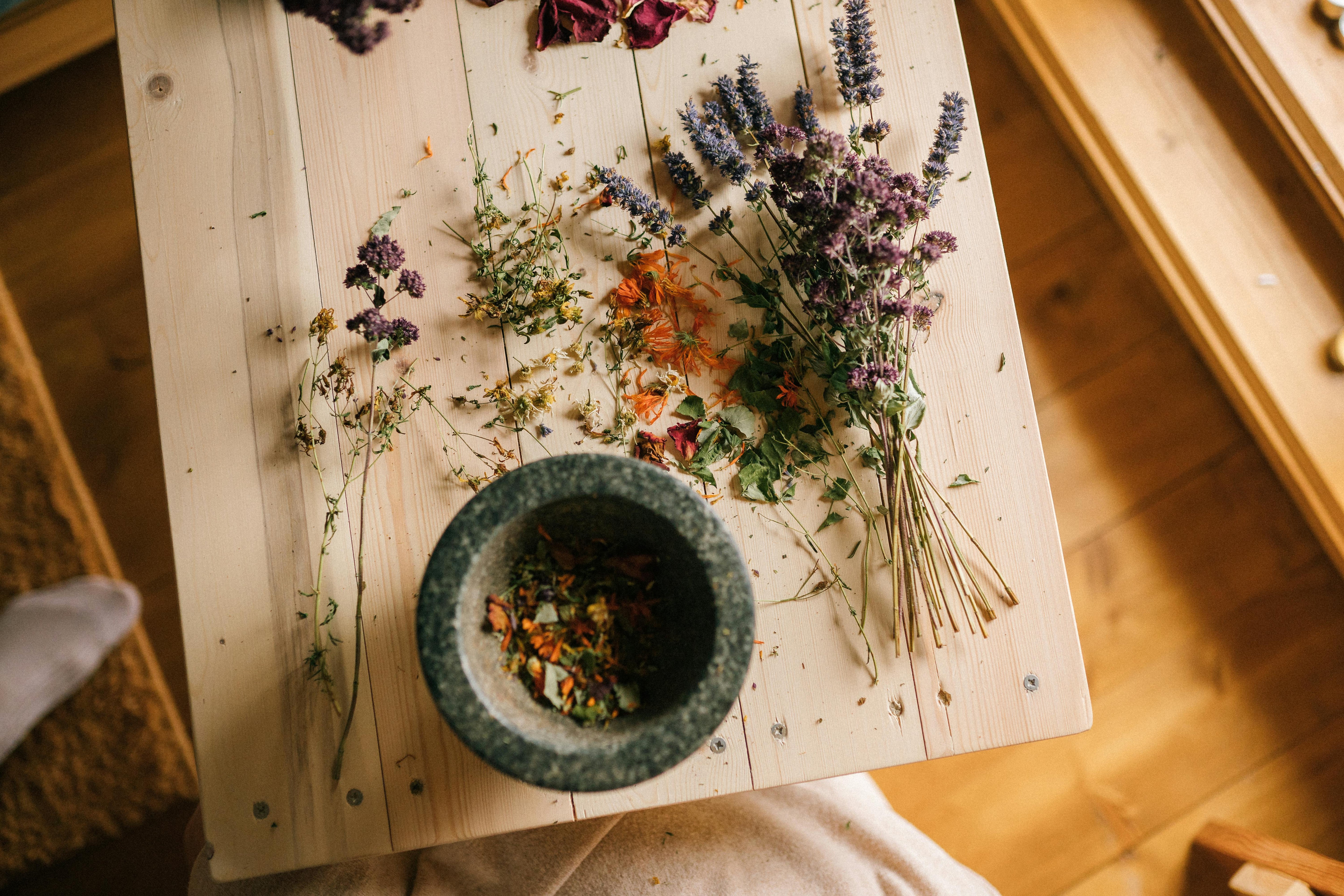


Leave a comment
All comments are moderated before being published.
This site is protected by hCaptcha and the hCaptcha Privacy Policy and Terms of Service apply.